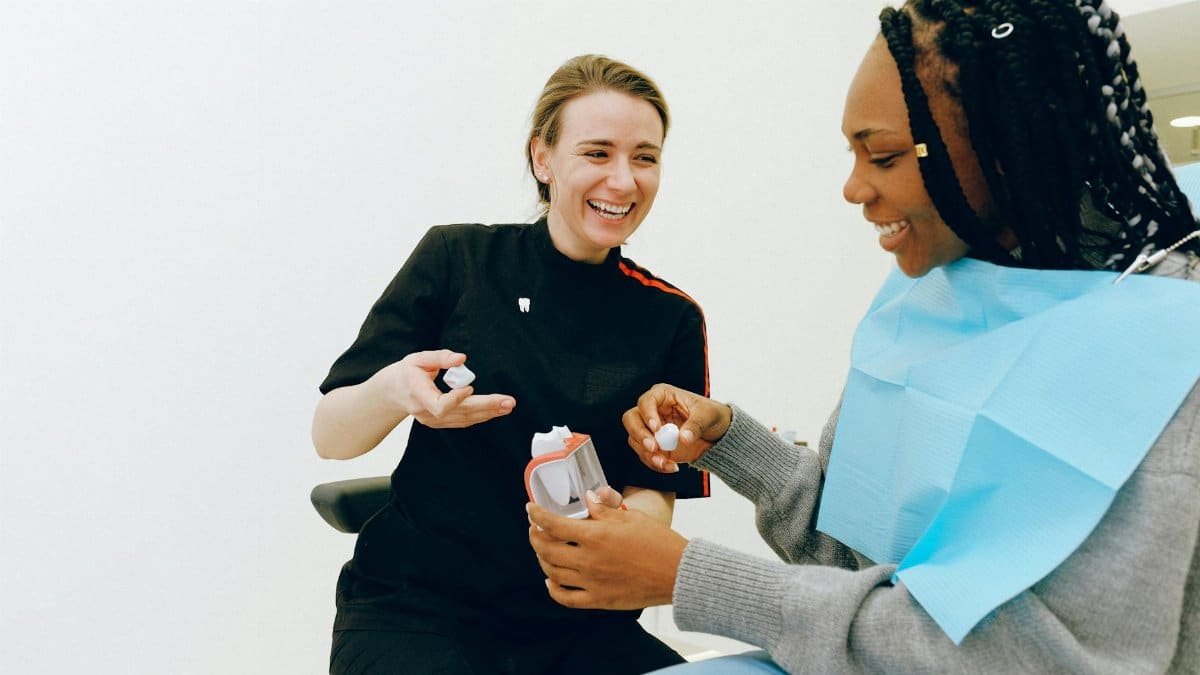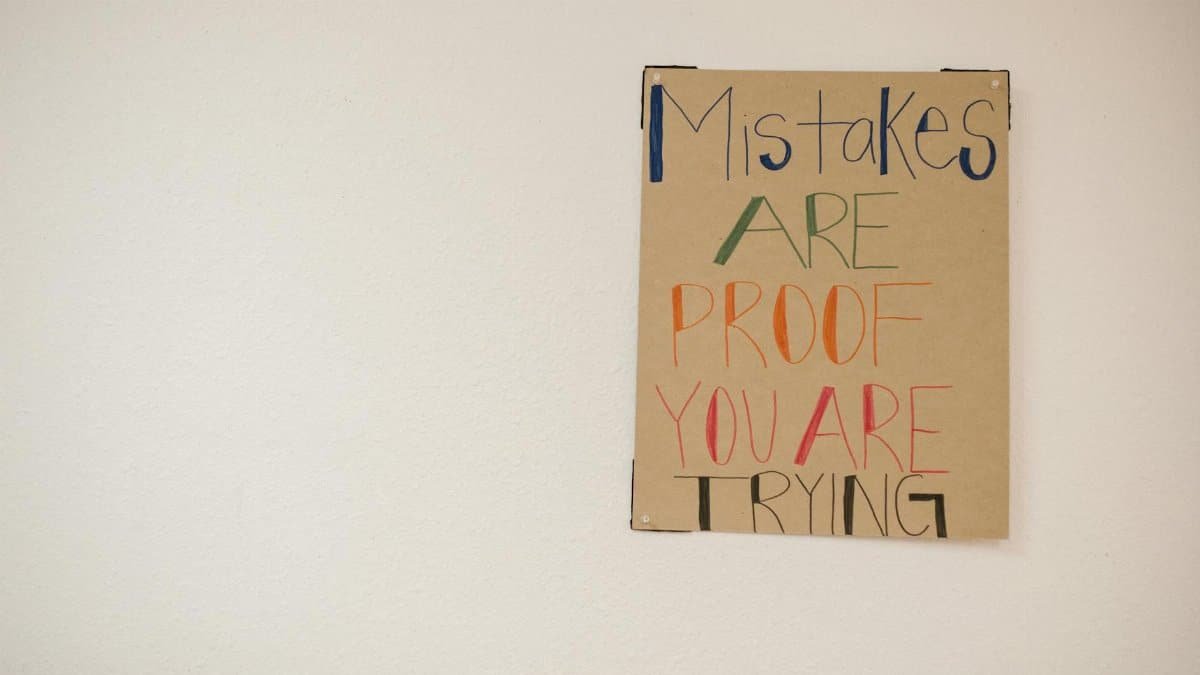New data shows 70% of U.S. healthcare workers report reduced stress after incorporating focus breathwork calm techniques into their routines, according to a recent survey. This surge highlights mindfulness’s growing role in medical settings, where high-pressure environments demand quick mental resets. From emergency rooms to therapy sessions, these practices are quietly transforming how professionals and patients handle daily chaos. As hospitals face burnout epidemics, focus breathwork calm emerges as a simple yet powerful tool for maintaining clarity amid the storm.
What Is Focus Breathwork Calm?

Focus breathwork calm refers to targeted breathing exercises designed to enhance concentration and induce relaxation. Rooted in ancient mindfulness traditions, these methods involve deliberate inhalation and exhalation patterns to anchor the mind. In healthcare, they’re applied to help doctors manage long shifts or patients cope with anxiety during treatments. Unlike meditation’s broader scope, this approach zeros in on breath as the key to immediate calm. Experts say it’s accessible, requiring no equipment, making it ideal for busy clinical environments.
The Science Behind Breathwork’s Impact

Research backs the effectiveness of breathwork in reducing cortisol levels, the hormone tied to stress. A study from Harvard Medical School found that consistent breathing practices can lower blood pressure and improve focus within minutes. In healthcare, this translates to fewer errors in high-stakes situations. Neuroscientists explain that deep breathing activates the parasympathetic nervous system, shifting the body from fight-or-flight mode to rest-and-digest. For medical staff, this means better decision-making under pressure. Patients, too, benefit from pre-procedure calm, potentially speeding recovery times.
For more details, check the Harvard Health Publishing on breath control.
Mindfulness Programs in Hospitals

Major U.S. hospitals are rolling out mindfulness initiatives, integrating focus breathwork calm into staff training. At Johns Hopkins, for instance, nurses participate in weekly sessions to combat fatigue. These programs have led to a 25% drop in reported burnout, per internal reports. Patients aren’t left out; oncology departments use breathwork to ease chemotherapy side effects. The trend gained momentum post-pandemic, as healthcare systems recognized mental health’s role in overall care quality. Administrators note it’s cost-effective, with minimal resources yielding big returns in morale and efficiency.
Challenges in Implementing Breathwork

Despite benefits, adopting focus breathwork calm isn’t seamless. Skepticism persists among some practitioners who view it as “soft” compared to traditional medicine. Time constraints in packed schedules make consistent practice tough. Training varies, with not all programs evidence-based, leading to inconsistent results. In rural areas, access to qualified instructors is limited. Critics argue it can’t replace therapy for severe issues like PTSD in veterans’ hospitals. Still, proponents push for standardized protocols to overcome these hurdles and broaden adoption.
Real-World Applications for Patients

Patients with chronic pain are finding relief through breathwork. In pain management clinics, techniques help distract from discomfort and promote healing. For example, a New York-based program teaches asthma sufferers to use focused breathing to prevent attacks. Mental health units incorporate it for anxiety disorders, often alongside medication. One patient’s account: after surgery, guided breathwork reduced her reliance on painkillers. As telemedicine grows in 2025, virtual sessions make these tools more reachable, even for homebound individuals.
Breathwork’s Role in Preventive Care

Preventive healthcare is embracing mindfulness to curb issues before they escalate. Primary care doctors recommend focus breathwork calm for stress-related conditions like hypertension. Community health centers offer free workshops, targeting underserved populations. Data from the CDC indicates that regular mindfulness practices could cut healthcare costs by addressing root causes of illness. In schools tied to hospitals, programs teach young patients coping skills, potentially reducing future ER visits. This proactive stance aligns with 2025’s emphasis on holistic wellness in national health guidelines.
Explore more at the CDC’s guide to coping with stress.
Expert Opinions on Future Integration

Leading psychologists predict deeper mindfulness integration in healthcare by 2025. Dr. Elena Ramirez, a mindfulness researcher, states, “Breathwork isn’t alternative; it’s essential for modern medicine.” Hospitals are partnering with apps for on-demand sessions, making it easier for shift workers. Insurance companies are starting to cover these programs, recognizing long-term savings. However, experts call for more rigorous studies to quantify impacts. As AI tools analyze health data, personalized breathwork plans could become standard, tailoring exercises to individual needs.
Training and Certification for Practitioners

To ensure quality, certification programs are emerging for breathwork instructors in healthcare. Organizations like the International Breathwork Foundation offer courses blending science and practice. Hospitals require staff to complete these before leading sessions. This professionalizes the field, addressing earlier concerns about efficacy. Trainees learn to adapt techniques for diverse groups, from children to the elderly. With demand rising, online certifications make it feasible for busy professionals, fostering a new cadre of mindful healers in the system.
Measuring Success in Mindfulness Initiatives

Healthcare leaders track mindfulness programs through metrics like employee retention and patient satisfaction scores. A Pew Research analysis shows positive correlations with overall well-being. Successful cases include reduced absenteeism in participating departments. Tools like wearable devices monitor physiological changes from breathwork, providing data-driven proof. Challenges remain in long-term tracking, but early indicators suggest sustained benefits. As 2025 unfolds, more facilities will likely adopt these measures to justify expanding programs.
See related insights from Pew Research on mental health.
Broader Implications for Public Health

The rise of focus breathwork calm extends beyond hospitals, influencing public health policy. Government initiatives promote mindfulness in workplaces and schools to build resilient communities. Amid ongoing mental health crises, these practices offer scalable solutions. Advocates push for inclusion in national health strategies, citing evidence from global studies. In the U.S., with rising awareness, expect more funding for research and implementation. Ultimately, this quiet revolution could redefine how society approaches wellness, one breath at a time.
